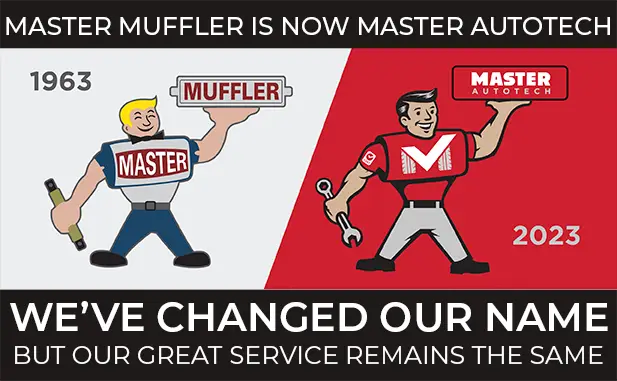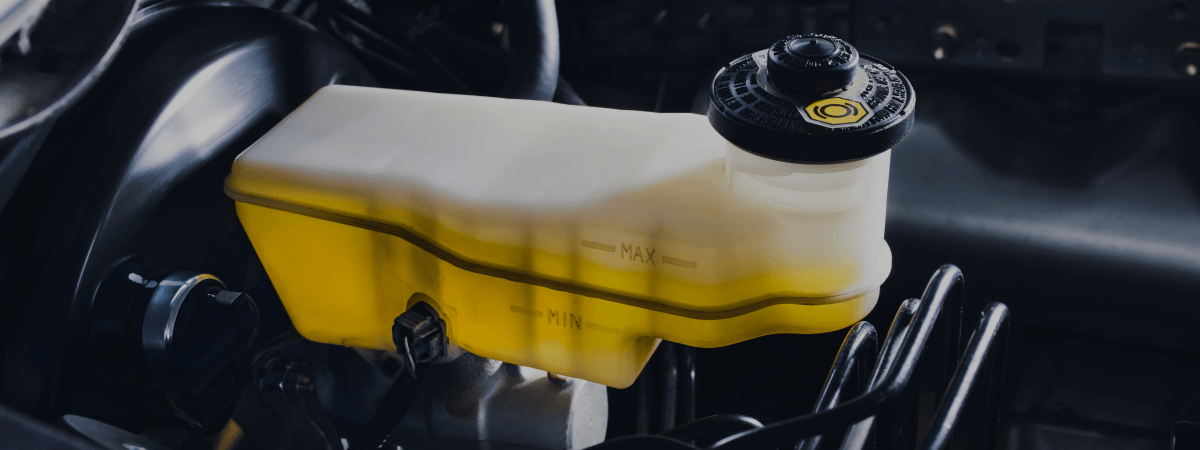If you are like many people in the state, you’ll need a Utah auto repair center to install a transmission cooler for you. If, on the other hand, you have the tools, equipment, and a little expertise, you can install the transmission cooler yourself.
With the front end of the car raised securely, you will need to start by taking off the lower air dam at the base of the radiator. If you plumb the external cooler in series with the return line, you’ll probably get the best results. It beats the other options by about 5% efficiency, though it’s a little more difficult to work with.
In order to do this, you will need to tap into it at the transmission by running longer fluid lines back to the radiator. If this seems too labor intensive, you can settle for a little less cooling efficiency and plumb into the supply line instead.
Whichever lines you choose to work with, remove them and connect the fittings. Make sure to seal non-flare fittings to prevent leakage. Use the fasteners that come in the transmission cooler kit to mount the cooler to the front of the radiator.
Now, run the lines from the fittings to the cooler. Make sure that the lines are secure and are not hanging loosely or rubbing on any edges.
Once you are satisfied with the installation of the transmission cooler, you will need to replace the air dam. Because of the new lines, you may need to trim it down a bit to make room.
Now, turn on the engine and allow some pressure to build. Check the entire length the fluid flows for any leaks. If there are any, turn off the engine to repair those. If not, drive the car around for 10 minutes and check for leaks again. If there are no leaks, then you are finished installing your transmission cooler!
Related Posts
Key Takeaways On average, passenger vehicle tires last 40,000 to 60,000 miles, depending on type, driving habits, and maintenance. Replace tires when tread depth reaches 2/32”, if damaged, or older than 10 years. Regular rotation, alignment, and proper inflation extend tire life. Aggressive driving, poor roads, and harsh weather shorten tire lifespan. Take advantage [...]
When you think about car maintenance, you probably focus on oil changes, tire rotations, and maybe even brake pad replacement. But what about your brake fluid? If you’ve ever wondered, “What does brake fluid do?” or “Why is brake fluid important?”, you’re not alone. Brake fluid might not be the most talked-about part of [...]
Is that high-pitched squeal from your brakes driving you—and everyone else—crazy? Don’t ignore it. Squeaky brakes aren’t just annoying, they’re your car’s way of saying something needs attention. Whether you're cruising through Salt Lake City or winding up Idaho’s mountain passes, here’s what’s likely going on, how you can fix it, and when it [...]





